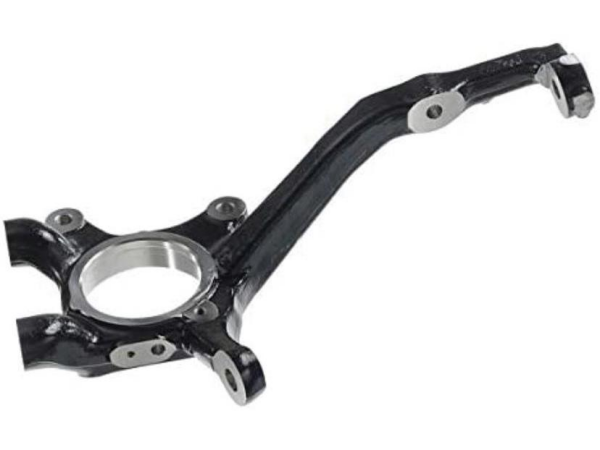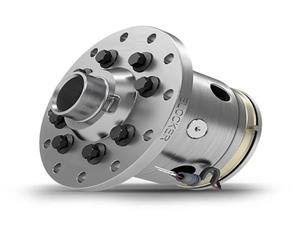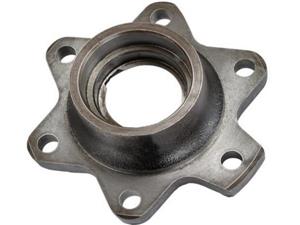An Inconspicuous Part Supports Three Major Systems
In the huge industrial system of automobiles, there are tens of thousands of parts, and even hundreds of thousands of them. The more we study in daily maintenance or technical development, the more we can feel that some seemingly ordinary or even inconspicuous small parts actually support the core of the entire system. What I want to talk to you about today is a part that we are very familiar with at work but often overlooked: Automotive knuckle.
The masters in our workshop are used to calling it "ram's horn". The origin of this name is actually quite vivid. Looking at its structure from the side, it does look a bit like a curved ram's horn. Although it is not conspicuous and is not a "protagonist" like the powertrain, in our eyes, automotive knuckle supports the connection and coordination of the three major systems of suspension, braking, and steering.
Why is it said that automotive knuckle supports the three major systems?
It may sound a bit abstract, but I will give you an analogy:
The steering system relies on it to achieve rotation. The automotive knuckle is connected to the upper and lower ball heads to form the so-called "kingpin system". Simply put, the wheel rotates around a pivot point. The position and angle of this point will directly affect the stability and control of the vehicle when turning at high speed.
The suspension system must eventually transmit the force of the spring and shock absorber to the wheel, and the node of this transmission is the automotive knuckle. It presses the weight of the car body onto the tire through the shock absorption system, and also bears the impact buffer on uneven roads.
The brake disc and caliper of the braking system are also installed on it. When you step on the brake, the entire braking force is transmitted from the brake caliper to the brake disc, and then transmitted to the wheel through the automotive knuckle, and finally stops the car. Without it as a transfer, the entire braking system cannot be closed.

Why do we care about it so much?
In the process of dealing with front-line maintenance masters, our Fuding team often hears them say: If there is a problem, look at the automotive knuckle first. Because once this part has a problem, it is either the direction of deviation or the brake tremor, or it may even cause the wheel to break. In other words, although the automotive knuckle is a structural part, it affects both safety and control.
When we improve our products, especially in some high-intensity use environments, such as heavy trucks, off-road vehicles, and electric vehicle platforms, we will repeatedly test and optimize the material, geometric structure, and stress distribution of this part. We will also continuously polish its casting process, heat treatment method, anti-rust coating and other details according to customer needs. It is not an exaggeration to say that it is a high-demand structural part.
In the era of electric vehicles, automotive knuckle still cannot be replaced
Now many people say that electric vehicles are a subversive reform. But those of us who are engaged in front-line structural parts know that parts like automotive knuckle cannot be cancelled even if the drive form is changed.
No matter whether you use a motor or an engine, the wheels still need to turn, brake, and support. The structural logic of the three major systems has not changed, so this automotive knuckle must stick to its post. Perhaps its form and material will be upgraded in the future, but its role of "bridging the past and the future" will not change.
Therefore, in the big tree of the automotive industry, it is often these inconspicuous structural skeletons that really support the operation of the system. Our technical team at Fuding is well aware of this and has always taken this as its mission to polish every part, improve every process, and use real products to support the stable operation of the entire vehicle system.




